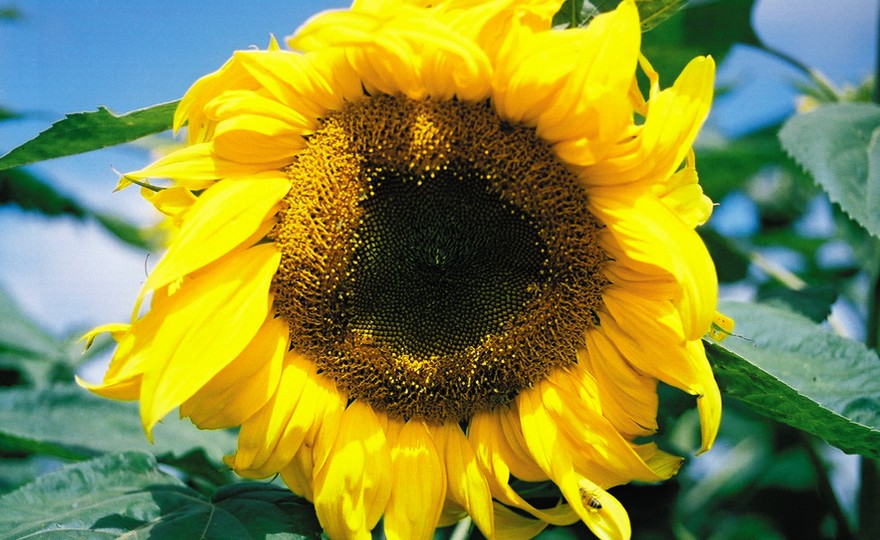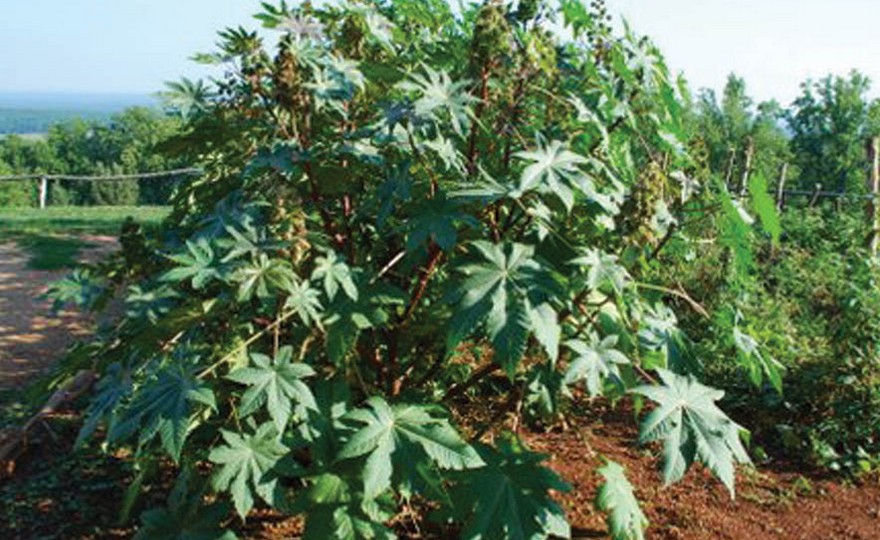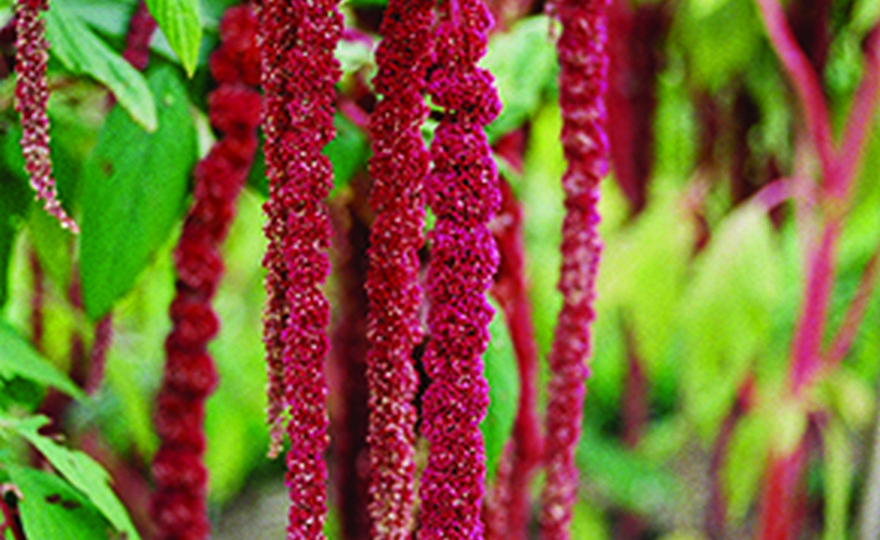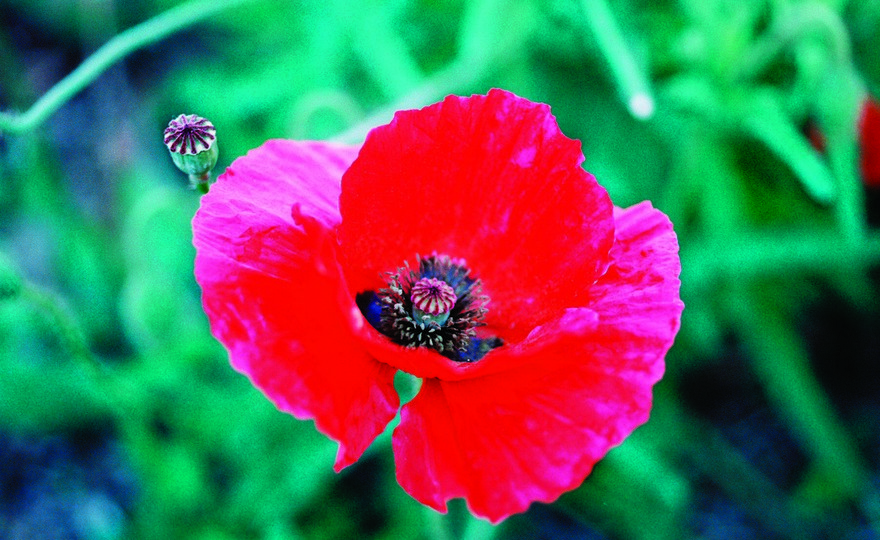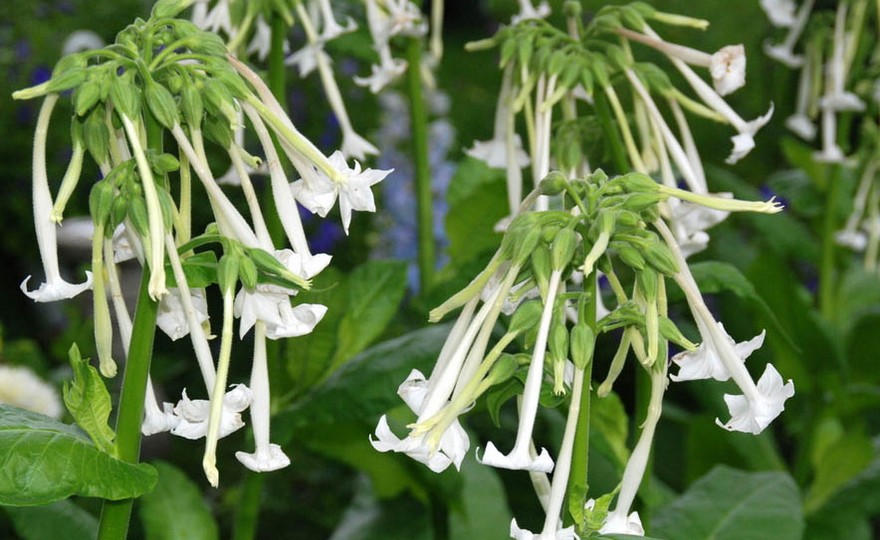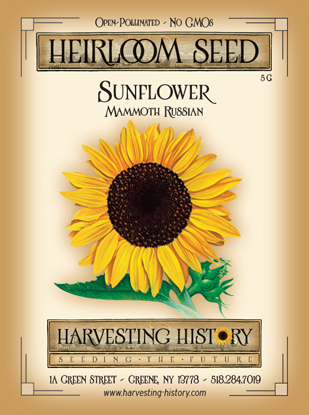
Sunflower, Mammoth (Skyscraper)
-
- **SOLD OUT** HOLIDAY GIFTS **SOLD OUT**
- **SOLD OUT** Holiday Books **SOLD OUT**
- **SOLD OUT** Holiday Citrus **SOLD OUT**
- **SOLD OUT** Holiday Gift Certificates **SOLD OUT**
- **SOLD OUT** Holiday Paperwhites **SOLD OUT**
- **SOLD OUT** Holiday Praying Mantis Kits **SOLD OUT**
- **SOLD OUT** Holiday Tools **SOLD OUT**
- **SOLD OUT** Holiday Wildflower Mixtures **SOLD OUT**
- Citrus Trees
- **SOLD OUT** - Vegetable and Herb Plants - Mix & Match any 6 Plants for $50 - Only Shipped in Quantities of 6
- Elephant Ear Plants & Roots
- **SOLD OUT** 4-Inch Pot Herb Plants **SOLD OUT**
- Rare Plants
- **SOLD OUT** Vining Plants **SOLD OUT**
- Asian Seeds
- Beneficial Bugs
- Books
- Citrus Fertilizers
- Cold-Treated Bulbs - SEE BULBS FOR FALL PLANTING TO ORDER
- Cold-Treated Allium
- Cold-Treated Chionodoxa
- Cold-Treated Crocus
- Cold-Treated Hyacinthoides
- Cold-Treated Hyacinthus Orientalis
- Cold-Treated Narcissus
- Cold-Treated Cyclamineus Narcissus
- Cold-Treated Double Heirloom Narcissus
- Cold-Treated Jonquilla Narcissus
- Cold-Treated Large Cupped Narcissus
- Cold-Treated Poeticus Narcissus
- Cold-Treated Small Cupped Narcissus
- Cold-Treated Species Miniature Narcissus
- Cold-Treated Split Cupped Narcissus
- Cold-Treated Tazetta Narcissus
- Cold-Treated Triandus Narcissus
- Cold-Treated Trumpet Daffodils
- Cold-Treated Ornithogalum
- Cold-Treated Rock Garden Iris
- Cold-Treated Scilla
- Cold-Treated Tulips
- Cold-Treated Emperor Tulips
- Cold-Treated Fringed Tulips
- Cold-Treated Green or Viridiflora Tulips
- Cold-Treated Lily Flowering Tulips
- Cold-Treated Parrot Tulips
- Cold-Treated Peony Flowering Tulips
- Cold-Treated Single Early Tulips
- Cold-Treated Single Late Tulips
- Cold-Treated Species Tulips
- Cold-Treated Triumph Tulips
- Flower Bulbs, Corms and Tubers
- Bulbs for Spring Planting
- Bulbs for Fall Planting - ALL BULBS AVAILABLE ARE COLD TREATED FOR PLANTING AS SOON AS SOIL CAN BE WORKED
- Fall Blooming Bulbs
- Garden Tools & Equipment
- Gift Certificates
- HHH Exclusive Wildflower Mixtures
- Wildflower Mixtures
- Heirloom Garlic
- Potatoes
- Roots & Sets
- Seeds
- Flowers
- Herbs
- Vegetables
- **SOLD OUT** HOLIDAY GIFTS **SOLD OUT**
-
- No products to compare
-
75 in stock
Quick Overview
Sunflower, Mammoth (Skyscraper)
Sunflowers are incredibly easy to grow from seed. Plant the seeds in very late spring when the ground has warmed considerably. Moisten the soil and keep slightly moist until germination. For continuous blooms, start a second group of seeds in mid-summer. These plants will bloom in September and October.
| Type | Spacing | Planting Depth | Days to Germination | Blossoms |
| Annual | 10-12 in. | 1/2 in. | 7-10 | 45-60 |

Sunflower, Mammoth (Skyscraper)
Sunflowers should be the American National Flower but alas that honor goes to the rose, another noble flower to be sure, but not a uniquely American flower as is the Sunflower. The Sunflower is native to the Southeastern United States, but eons ago it made its way to South America where it became an important staple crop of the Incans who grew the plant for its seeds and for oil. Native Americans ground the seeds to make meal cakes, a source of protein that sustained them through the winters, and made dyes from some purple flowered varieties. The Spanish introduced the Sunflower into Europe in the 16th century, and by 1596 the famous English herbalist, John Gerard, was extorting the virtues of this wonderful plant. Gerard wrote that he ate the flowerbuds like globe artichokes and he found them to be “surpassing the Artichoke far in procuring bodily lust”. Sunflowers grew in many sizes, shapes and colors. Those native to the West exhibited frequent branching and were shorter. Those native to the East had larger flowerheads, less branching and were taller. According to Tovah Martin from her book, Heirloom Flowers, “The single-stemmed feature that we’ve come to associate with the mammoth sunflowers…was probably a mutation, encouraged by Native Americans for the largest seedheads.” Czar Peter the Great played a key role in expanding the popularity of the Sunflower. While on a trip to Holland, he discovered the plant and brought seeds back to Russia. He began to cultivate Sunflowers and encouraged his Russian people to do the same. His efforts launched one of the largest scale agricultural production programs of the 18th century. By the early 19th century more than 2 million Russian acres were under cultivation with Sunflowers.

